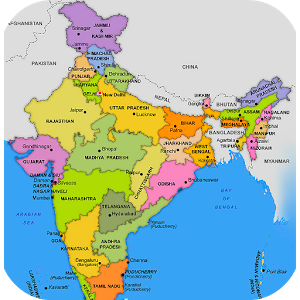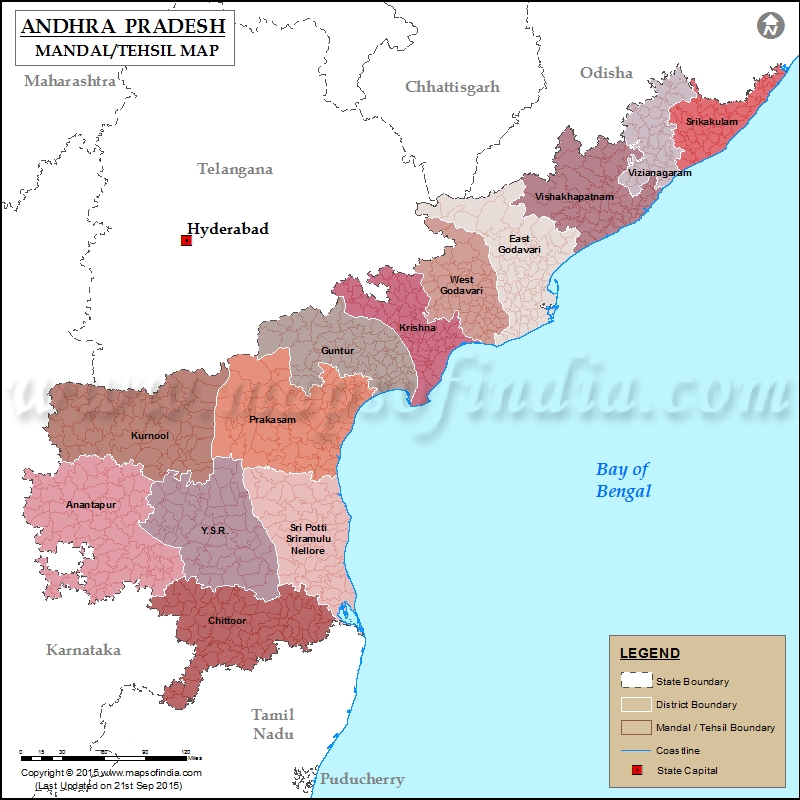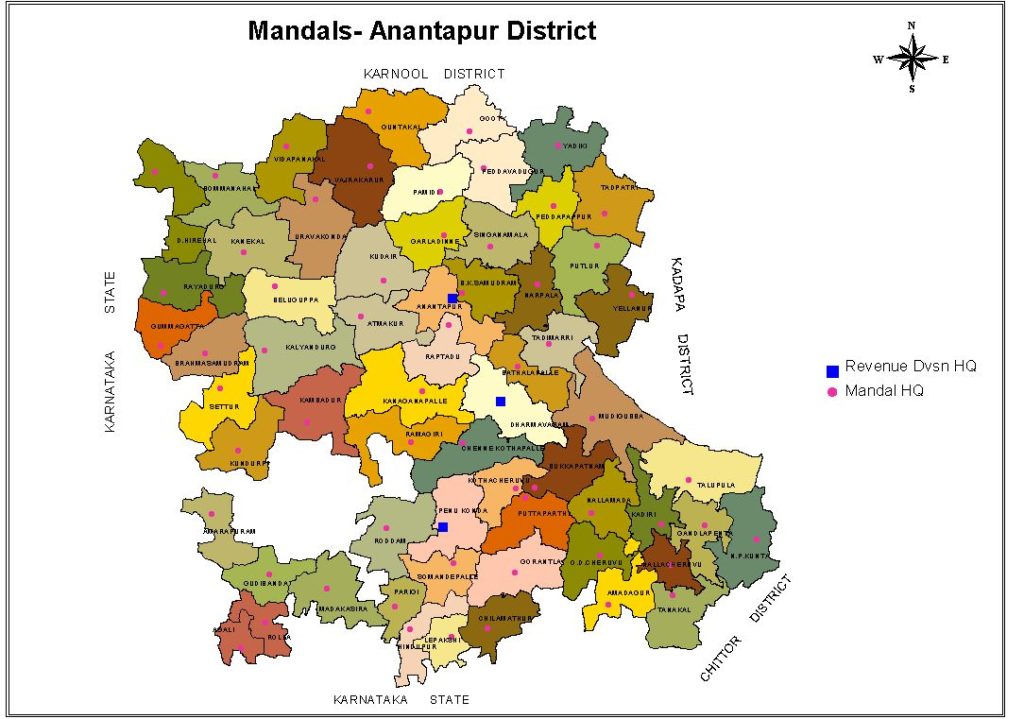
Anantapur District is one of the most backward districts in India. It is essentially an arid, drought-prone and entirely agrarian economy. In agriculture the main constraint is lack of irrigation facilities. About 90% of 27.5 lakh acres under cultivation is rainfed and chronically drought-prone. Further, the industrial development is just next to zero and no industrial employment opportunities. So the rural livelihoods are grossly inadequate for the rural population and the available livelihoods are also highly vulnerable. The Anantapur challenge calls for a concerted effort by multiple organisations and actors such as Government, media, civil society organisations, private industries, research bodies, and educational institutions. It calls for affirmative policy decisions and programmes from Government side.,
Chronically drought prone
Located in south-western corner of Andhra Pradesh in South India, Anantapur District receives the least rainfall in the state of Andhra Pradesh, and the rainfall is second lowest in India, after Jaisalmer in Rajasthan, averaging at 522 mm annually. It is one of the poorest districts in the country.



Vast area under rainfed cultivation
25% of the Andhra Pradesh total rainfed farm land is in Anantapur District !
Anantapur farmers are largely dependent on drought-prone, rain-fed agriculture; and mostly a single crop of groundnut is sown in about 8 lakh ha under such harsh and agro climatic conditions. Of its geographical area of 19,13,000 ha, (largest in AP) 10,00,000 ha are rain-fed. The present state of A.P has totally about 40 lakh ha under rainfed cultivation and 25% of it is in Anantapur district. Only about 1,08,000 ha are irrigated, that too mostly through undependable ground water fed tube wells. This is the only drought-prone district with a megre 10% of cultivated area under irrigation and a large 90% under rainfed farming.
Socio-economic conditions
Anantapur District has a population of about 41 lakhs (2011 census) or about 10 lakh households. About 30 lakh population (7.5 lakh households) live in rural areas. The Districts economy is predominantly agrarian.
With virtually no other non-farm livelihoods, Anantapur backwardness and poverty are well indicated in its severe rural indebtedness, high turn up of labour under MGNREGS, ramphant farmers migration including seasonal migration and highest number of farmer’s suicides in the country. The District has predominantly small and marginal farmers 6.3 lakh farmer (93%) of the 7 lakh farmers are small and marginal, mostly belonging to Dalits, Tribals and other Backward communities. About 20 per cent of the population comprises dalits and tribals, and 60 per cent comprises of backward communities. Malnutrition, illiteracy, illness, deprivation, caste and gender discrimination are about the state average. Added to these social divisions, crime and discord between various factions and groupism are common in the district.
In the above circumstances, AF has taken it as a big challenge to work and show results in such a harsh agro-climatic and socio economic conditions. AF sees it as an opportunity to make a difference. We believe that success in Anantapur district is a recipe for any other area.
The above a) said arid and decertifying environmental conditions, b) chronically drought-prone agro-climatic conditions and poor socio-economic conditions make Anantapuram District a very high priority for development intervention and very high relevance for Watershed Development, Sustainable Agriculture and Diversified Rural Livelihoods.
To know more about Anantapur District “Click Here”


